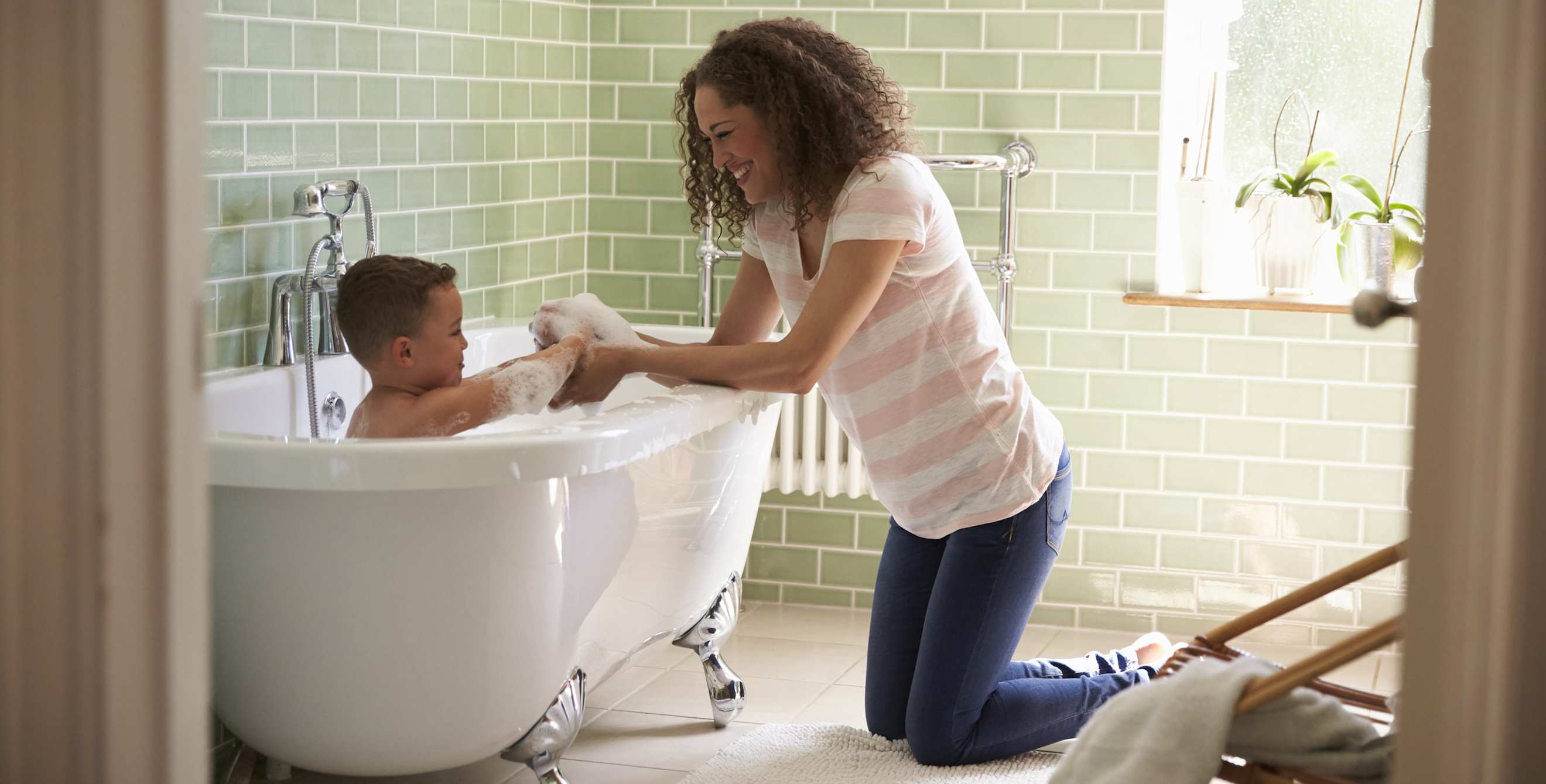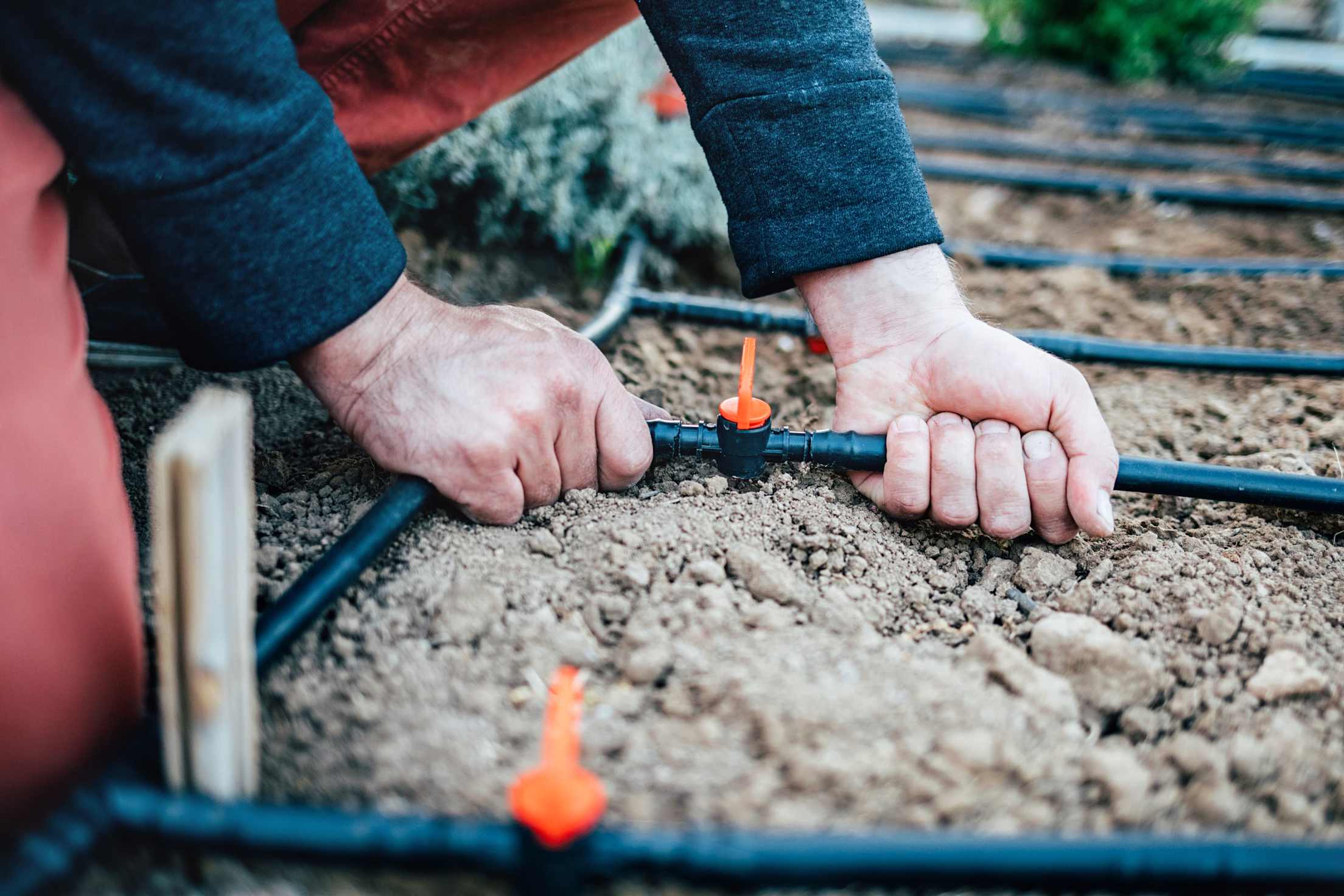
How to Find a Water Leak
Detect hidden water leaks early to prevent damage and pricey repairs.

Water is a home’s natural enemy.
Leaks that go undetected or unaddressed can be a huge hazard in the home. Not only are they a potential fire hazard (dripping water can cause electrical wires to spark), but leaks can cause structural damage to walls, floors, and foundations, and create conditions where mold and mildew flourish, he says. Termites also relish the resulting moisture.
And they’re quite common: An average household wastes nearly 10,000 gallons of water a year due to leaks, according to the Environmental Protection Agency (EPA).
So it’s wise to be on the lookout. “Inspecting your home is something most homeowners should be capable of and comfortable with,” says Matt O’Rourke, president of Z Plumberz. And in most cases, it’s a task you can do on your own.
How to Recognize a Leak
“Some of the most common tip-offs of a leak can be visual, auditory, or financial,” O’Rourke says. These include:
- Visible leaks or moisture. Water around the base of your toilet, moisture under the sink, or water stains are unmistakable signs of a leak.
- A drip, tinkle, or rush of water. “Listen to see if you can hear anything leaking,” O’Rourke says. That can help you catch a faucet that needs repair or a dripping pipe. And, of course, the sound of a running toilet is pretty noticeable.
- Soft spots. Low or squishy spots in the lawn or garden can be a sign of a leak on the exterior of your home.
- A rising water bill. “For most homeowners, a larger than normal water bill is their first clue” that there’s a leak, says Doug Bennett, conservation manager for the Southern Nevada Water Authority. Reach out to your utility company for guidance if this occurs, Bennett recommends. “In addition to providing resources such as videos, or even home visits, to assist with leak diagnosis, they may have special programs to assist with the financial impact of the oversize bill,” he says.
But some leaks are inherently difficult to detect. “A typical home has several hundred feet of plumbing and hundreds of fittings, most of which are underground or within walls and crawl spaces,” Bennett notes. That’s many opportunities for water to emerge where it shouldn’t and evade detection.
Smart Tip: Smart home detection sensors can alert you to problems early by sending details about water use and potential leaks straight to your phone, Bennett says. “Some devices even allow you to shut off the water to your home remotely from your phone if a catastrophic event occurs while you’re away,” he says.

How to Inspect Your Home for Leaks
To find more insidious, hidden leaks in your home, follow these steps:
1. Stop using water throughout the home.
This includes faucets, toilets, dishwashers, and washing machines.
2. Check the water meter.
“Water meters have a small flow indicator on the dial that can help diagnose even small leaks,” Bennett explains. If it moves, there’s a leak. “Your meter can be used to measure the flow rate of the leak, which will help you determine whether you have an emergency that requires immediate attention, or a very slow leak that can wait until the next business day to consult a plumber,” Bennett adds.
3. Look for problems.
Go through your home, checking for leaking pipes, dripping faucets, and other visual signs. “The most common signs of active plumbing problems show themselves in a home’s drywall and ceiling through discoloration, bubbling, and peeling,” O’Rourke says. Mold growth, ceiling discolorations and stains, and deteriorated tile are other signs of a leak, Bennett adds.
Your next step is to determine the cause, according to O’Rourke: “Finding the root of the problem can involve a more thorough inspection of your home.”
4. Test for a leaking toilet flapper.
This is a common—and easily fixable—problem, Bennett says. To identify it, do a food coloring test on each toilet, following these steps:
- Place a few drops of food coloring in the toilet’s tank.
- Do not flush!
- Wait 25 minutes, then check to see if there’s color in the toilet bowl.
If the color spreads into the toilet bowl, then there’s a leak. As a first response, clean any sediment or debris around the flapper. If there's no sediment or the leak persists after cleaning, replace the flapper.
5. Next, go outside.
“In the yard, look for moist spots in the path of your water service line between the street and the home,” Bennett recommends. “This excess moisture sometimes results in unusual growth of lawn grass or weeds in the area near the leak.”
“When inspecting the outside of your home, you must rely more heavily on sight to discover leaks or water damage,” O’Rourke says.
6. If you have a pool, do a bucket test.
Perform this simple, low-tech test once a season to check for leaks in an in-ground pool, Bennet says.
- Turn off the pool’s automatic fill valve.
- Place a bucket on a step so the bucket rim is a few inches above the water line.
- Put a heavy weight inside the bucket. Add water until the water level inside the bucket is equal with the water level in the pool.
- Leave the bucket and pool undisturbed for several hot days. Compare the water level in the bucket to the water level in the pool. If the water level in the bucket is noticeably higher than the water level in the pool, you may be losing water to a leak.
If the test reveals a potential leak, Bennett recommends contacting a specialist at detecting pool leaks.

How to Create a Home Leak Inspection Routine
Keep an eye on your monthly water bill to look for unwarranted usage spikes, which indicate a leak, Bennett says.
A basic leak inspection should be done once a quarter. Look for dripping faucets throughout your home, as well as water at the base of toilets, he says. You’ll save water, and these small fixes can cut your water bill by up to 10 percent, per the EPA.
Aim to do a more thorough inspection, as detailed above, every six months. If your home is in a wet area, O’Rourke recommends a routine check more frequently—every month, or every other month—to ensure storm drains are working to remove water from foundation walls. Otherwise, accumulating water can create hydrostatic pressure, potentially leading to leaks in walls and floors, he says.
The goal is to be proactive. “With leaks, once you start noticing that something might be wrong, it may be hard to avoid costly repairs,” O’Rourke notes.
Smart Tip: Proactively prevent leaks by replacing the hoses connecting faucets, toilets, and washing machines to the plumbing in your home, Bennett suggests. “These hoses are under continuous pressure and experience substantial surges in pressure as devices turn on and off,” he says. As they age, ruptures become more likely. “Replacing these hoses every five years can reduce the likelihood of catastrophic ruptures,” he says.
When to Call a Professional
Some DIY leak fixes—like tightening a faucet or replacing a toilet flapper—are relatively simple.
If you suspect a larger problem, if the leak has caused damage, or if you’re just unsure of how to address the issue, it's time to call in a professional.
“Not only does a professional have advanced equipment for spotting and fixing a leak, they can also offer insight into how best to approach the problem or ways to prevent future damage,” O’Rourke says.